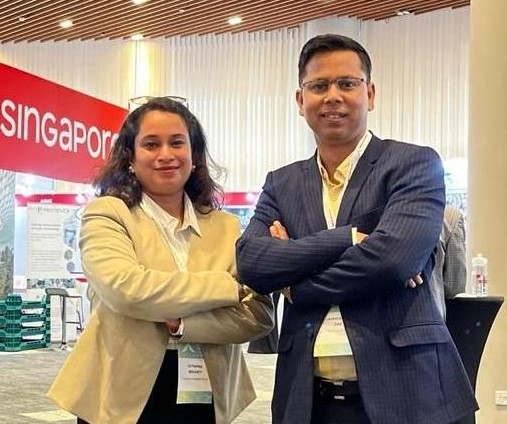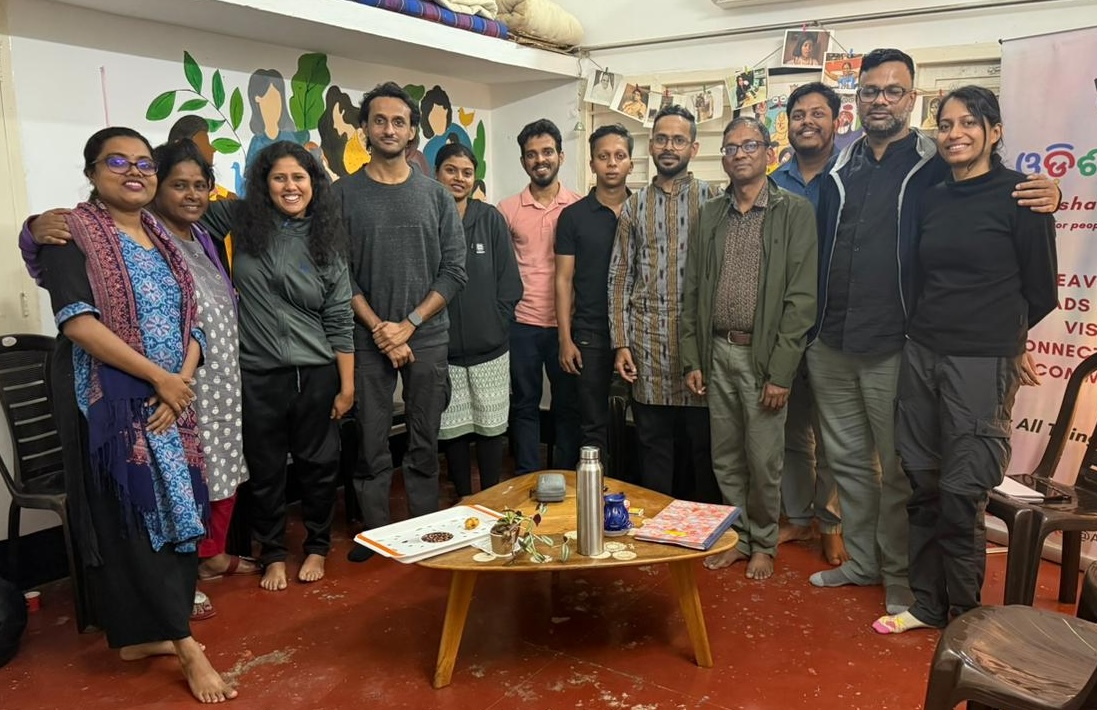Bhubaneswar: As Odisha embarks on its journey toward Vision 2036 and 2047, the aspirations for the state’s future are boundless. These years hold monumental significance for every Odia: 2036 will mark the 100th year since the reorganization of Odisha, while 2047 will celebrate the centenary of India’s independence. The state’s legacy dates back to 1936, when Odisha was formed by partitioning the Bihar and Odisha Province, incorporating parts of Madras and the Central Provinces. As Odisha approaches its centenary, I envision it as a leader in green economy, a shining example of peace, prosperity, and harmonious coexistence with nature.
This land, often called the abode of the Gods, is deeply intertwined with nature—nature is not merely a resource but an integral part of the lives and culture of its people. Odisha is home to 62 indigenous tribes who have served as the protectors of this delicate balance for centuries. They view nature not as a commodity to be exploited, but as a living entity to be preserved, shared, and rejuvenated for future generations. Their belief is simple yet profound: future generations hold an inherent right to the forests, air, and pure water that nourish the land.
I carry the cherished memories of my childhood in a remote village in Bhadrak district, where the monsoon arrived predictably in mid-June, the cool air filled with the scent of lush green crops, and the song of cuckoos heralded the onset of February. My hope for Odisha in 2036 and 2047 is that every child born here will have the same opportunity to grow up in harmony with nature, enjoying the simple joys of rural life.
However, the future I envision cannot be achieved without addressing the pressing challenges of today. One of my greatest concerns is the quality of air in Odisha by 2036. With the growing menace of pollution, particularly in cities like Delhi, where the air quality index has exceeded 300, the effects on public health are undeniable. I do not want Odisha’s cities to face the same fate. We must strive to keep our air clean and ensure our rivers remain pristine—free from pollution like that seen in the Yamuna, where people no longer dare to take a dip.
Odisha aspires to be a $500-billion economy by 2036 and a $1.5 trillion economy by 2047. To achieve these goals, we need aspirational development that addresses the needs of all sections of society—providing health, education, nutrition, and employment opportunities. The state’s population is expected to stabilize at around 5 crore by 2047. The challenge lies in balancing economic growth with the preservation of our natural resources—land, water, forests, air, and the biodiversity that sustains them.
Adopting a green economy model is essential. The United Nations Environment Programme (UNEP) advocates for a low-carbon, resource-efficient, and socially inclusive economic pathway. A green economy ensures that employment and income growth are driven by investments in sectors that reduce carbon emissions, enhance energy and resource efficiency, and protect biodiversity. By embracing this model, we will not only meet the Sustainable Development Goals (SDGs) set for 2030 but also ensure that our development is sustainable, inclusive, and mindful of future generations.
In Odisha, we are already moving in the right direction with the localization of SDGs at the grassroots level through the Panchayat Development Index (PDI). However, achieving these lofty goals requires the active involvement of all sectors of society—government departments, civil society organizations, community-based organizations, and the private sector. The principle of “leaving no one behind” must be at the core of all our strategies, ensuring that no community or individual is left out of the growth process.
Health is a critical component of development, and Odisha faces challenges such as high infant mortality rates (IMR), maternal mortality rates (MMR), and widespread anemia among women. By 2036, we must aim for zero IMR, zero MMR, and zero anemia. Achieving these goals will require a comprehensive approach, focusing on improving healthcare access, nutrition, and sanitation.
Agriculture, which remains the backbone of Odisha’s economy, requires urgent attention. While our farmers provide the food that sustains us, they face increasing hardships due to erratic weather patterns, rising input costs, and the heavy use of chemical fertilizers and pesticides. The vast majority—93%—of Odisha’s farmers are small and marginal, and they often lack the financial capacity to recover from crop losses. To ensure the long-term sustainability of farming in Odisha, we must transition from chemical-based agriculture to natural farming practices, which align with the state’s rich biodiversity and the traditional knowledge of our indigenous communities.
Natural farming, which relies on locally available seeds, composts, and bio-inputs, offers a viable solution to reduce input costs while improving soil health. With an average fertilizer consumption of just 57.11 kg per hectare (compared to the national average of 157.5 kg), Odisha is already in a strong position to lead the way in sustainable agriculture. The success of natural farming will depend on policy support, investment in research, and the development of suitable agricultural extension services.
In addition to sustainable farming, Odisha must also focus on green energy as part of its transition to a green economy. The state can move from a coal-dependent energy production system to one that is largely powered by solar and other renewable energy sources. This shift will require the retraining of workers in coal-related industries and the reclamation of land affected by mining, transforming it into productive agricultural and horticultural areas.
Women’s empowerment is another key priority. While progress has been made through policies such as one-third reservation in government jobs and 50% reservation in Panchayati Raj Institutions (PRIs), true equality will only be achieved when women share an equal stake in the economic, social, and political spheres. By 2036 and 2047, we must ensure that women have equal access to economic resources, employment opportunities, and political participation.
Finally, achieving the goals of Vision 2036 and 2047 will require strong governance at all levels. Panchayati Raj Institutions, which have played a crucial role in disaster management and public service delivery, must be further empowered with adequate funds and functionaries. Their involvement will be crucial in ensuring the success of our development strategies.
Odisha’s vision for 2036 and 2047 is a bold one, but it is achievable if we embrace sustainability, inclusivity, and the power of cooperation among all sectors of society. By working together, we can ensure that the state’s natural resources are preserved, its people thrive, and future generations inherit a prosperous, green, and harmonious Odisha.





